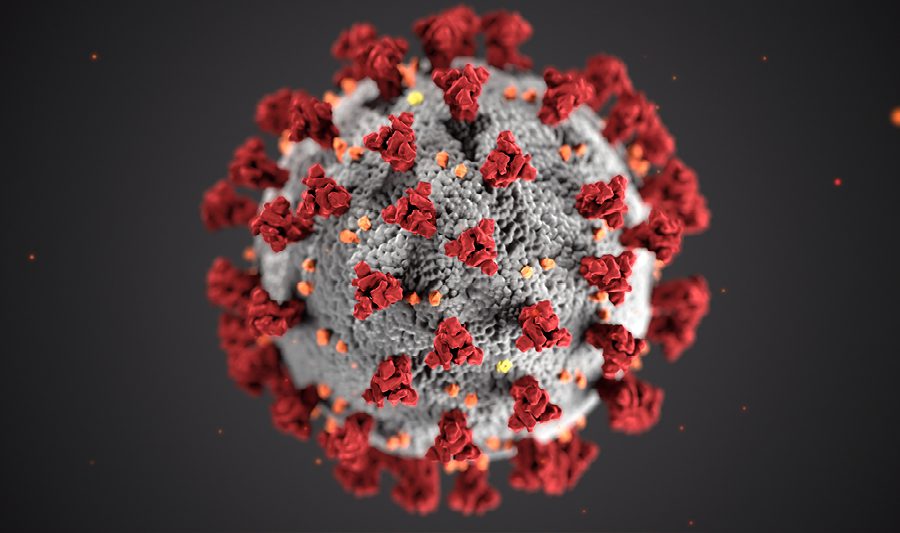The Difference Between Air Purifiers & Air Cleaners
What is an air purifier or air cleaner?
An air purifier is a device that removes pollutants from indoor air.
Airborne toxic agents come in two forms: particulate matter and gaseous pollutants. Particulate matter includes bacteria, viruses, mould and dust mites. Gaseous pollutants originate from such sources as paint, varnish, furniture waxes and glues.

What do we breathe at home and work every day?
Thanks to its powerful performance, an air purifier can keep air clean, removing over 99% of airborne contaminants, including bacteria and mould. It’s equally effective at killing dust mites as it is keeping out harmful particles that may have been floating around in the outside air. With their added HEPA filter or anti-microbial filters, an air purifier can help users breathe easy; especially those with asthma or allergies.
Air pollution is a serious public health concern, and your environment can be a particularly harmful source of pollution. According to the World Health Organization, indoor air is 5 times more polluted than outside air. The WHO also stated that almost 9 people out of 10 are breathing toxic agents in their homes and offices. These high levels of air pollutants are the cause of sick building syndrome and workplace acquired illness, along with high levels of viral contamination.
What’s the difference between an air purifier and an air cleaner?
If you’re looking for an air purifier, there can be a number of terms that you encounter when doing your research. Some of them are redundant, such as ozone, bi-polar and any sort of air cleaner that generates ions or puts chemicals in the air. While some others mean different things. Depending on the type of device that you’re looking for and what features you need, it’s essential to know the different naming conventions.
Technically, air cleaners allow for the passage of all types of particles, so pollutants like dust or pet hair can pass through a filter in the device and accumulate inside, while air purifiers emit substances that sanitize the air.
It is worth noting that the capacity to eliminate pollutants identified on an air purifier packaging usually refers to its power in relation to a room size (e.g., 50 CADR). A CADR of 50 indicates that the product can eliminate up to 50% of allergens from a 100-square-foot room over one hour. The same principle applies for air filters.
The real difference is on the inside. Whether it’s advertised as a purifier or a cleaner, the most important factor is the filter.
To better understand the pollution in indoor air, let’s talk about the different filters that clean it:
- Mechanical Air Filters (such as HEPA) – These types of products are supported and used by the British government
- Gas-phase air filters – These types of products are not supported by the UK government
- UVGI cleaners – These types of products are supported and used by the British government
- Ozone Generators – These types of products are not supported by the UK government
Mechanical Air Filters
A common type of air filter is the HEPA, which uses a fan to pull the air through a dense filter. This is one of the most effective filters since it can remove as much as 99% of pollutants. This is why they have been used in high-care environments for such a long time.
HEPA filters are most effective for removing particles and even some toxic gases.
Another popular type of filter is a carbon filter, which works by adsorbing the pollutants from the air, rather than directly filtering them out. Carbon filters are good for removing odours and certain pollutants, but they don’t remove as many particles as a HEPA filter.
Gas-Phase Air Filters
Gas-Phase Air Filters are a type of air filter that uses a material called sorbent to absorb pollutants.
There are several types of gas-phase air filters but only some are safe to use constantly around people:
– Activated charcoal (AC) filters
– Ionizing radiation filters
– Activated carbon filters
– Electrostatic filters
– Gas flow filters
– Activated alumina filter
Activated charcoal (AC) filters are the most common type of gas-phase air filter as they are the safest and most reliable to be used around people all the time.
UVGI cleaners (Ultraviolet Germicidal Irradiation)
UV radiation is non-lethal and breaks up the molecular structure of biological pollutants. UV light is not a substitute for other filters, but should be used in conjunction with them.
Ozone generators
Ozone generators use UV lamps to produce ozone — which oxidizes biological pollutants and transforms them into harmless pollutants. Ozone generators are highly harmful to the environment, as they release harmful ozone into the air this is why many governments and institutions around the world do not support the use of technologies involved due to the dangers they pose to the people in these spaces.
Hopefully you now better understand the different types of air filtration and cleaning systems available. We invite you to schedule a free consultation with us to discuss your business’s air purification needs.





Leave a Reply